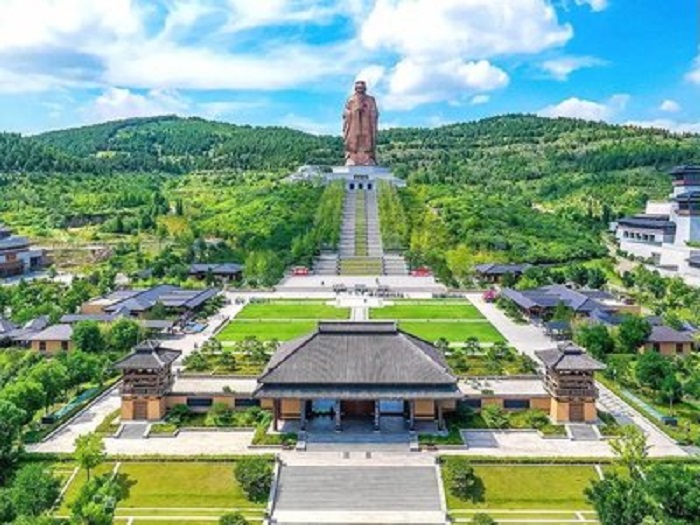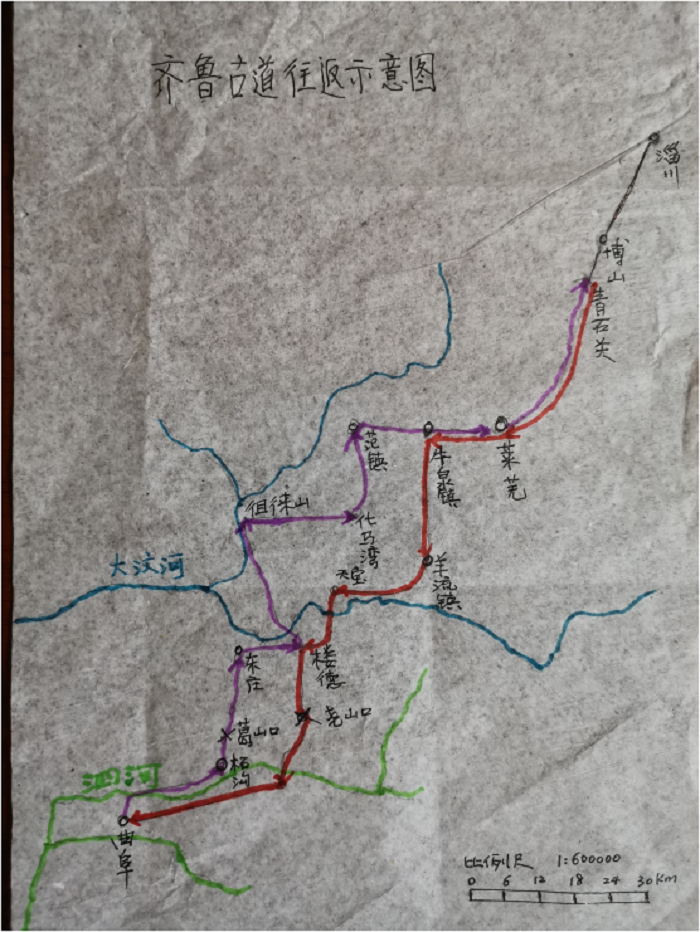Time:2025-07-10 14:25
The Qilu culture is the only one among China's ancient renowned regional cultures (such as Yan-Zhao, Central Plains, Sanqin, Bashu, Wu-Yue, Chu, and Lingnan) that evolved into the mainstream of Chinese cultural tradition through the integration of Confucian and Huang-Lao cultural traditions.
The core spiritual values cultivated by Qilu culture over two to three millennia—such as innovation, reform, openness, pragmatism, inclusiveness, rule of law, diligence, wisdom, benevolence, filial piety, integrity, ritual propriety, people-centered governance, the Doctrine of the Mean, righteousness, moral governance, and the spirit of harmony—later became pillars of the Chinese national spirit. Their essence remains the spiritual foundation and collective subconscious that sustains the continuity of the Chinese nation.
Therefore, it can be said that without the legacy of Qilu culture, there would be neither Confucianism nor Huang-Lao thought, and hence no core of traditional Chinese culture.
Cultural exchange is an interactive process. This was especially true for the neighboring states of Qi and Lu during the Zhou Dynasty, whose cultures mutually influenced each other. Along the ancient Qilu Corridor, not only did diplomats and envoys travel back and forth, but also great thinkers like Confucius and Mencius engaged in intellectual discourse. The region witnessed not only the clangor of warfare, but also the vibrant exchanges of daily life and survival—merchants and travelers bustling along the roads every day, sustaining their livelihoods.
Regrettably, research on Qilu culture to date has largely been conducted in isolation by scholars specializing exclusively in either "Qi" or "Lu" culture, with a notable absence of comprehensive works such as A General History of Qilu Culture, Eight Hundred Years of Qilu Cultural History, The Evolution of Qilu Culture, or The History of Qilu Cultural Exchange. Even when comparative studies of Qilu culture are attempted, they typically rely solely on textual records from each state. This approach suffers from two major shortcomings:
First, it lacks a macro-historical and holistic perspective, failing to adopt a comprehensive view that would reveal asymmetric information and fragmented narratives. As a result, the social development of Qi and Lu is often treated as static and isolated processes, rather than as interconnected and dynamic systems.
Second, such studies remain confined to textual sources, neglecting systematic archaeological fieldwork into the cultural exchanges between Qi and Lu over eight hundred years—exchanges that encompassed economics, politics, military affairs, culture, society, and especially customs, daily life, survival strategies, and their manifestations. Consequently, a vivid and dynamic history of Qi-Lu interactions has yet to be fully reconstructed.



